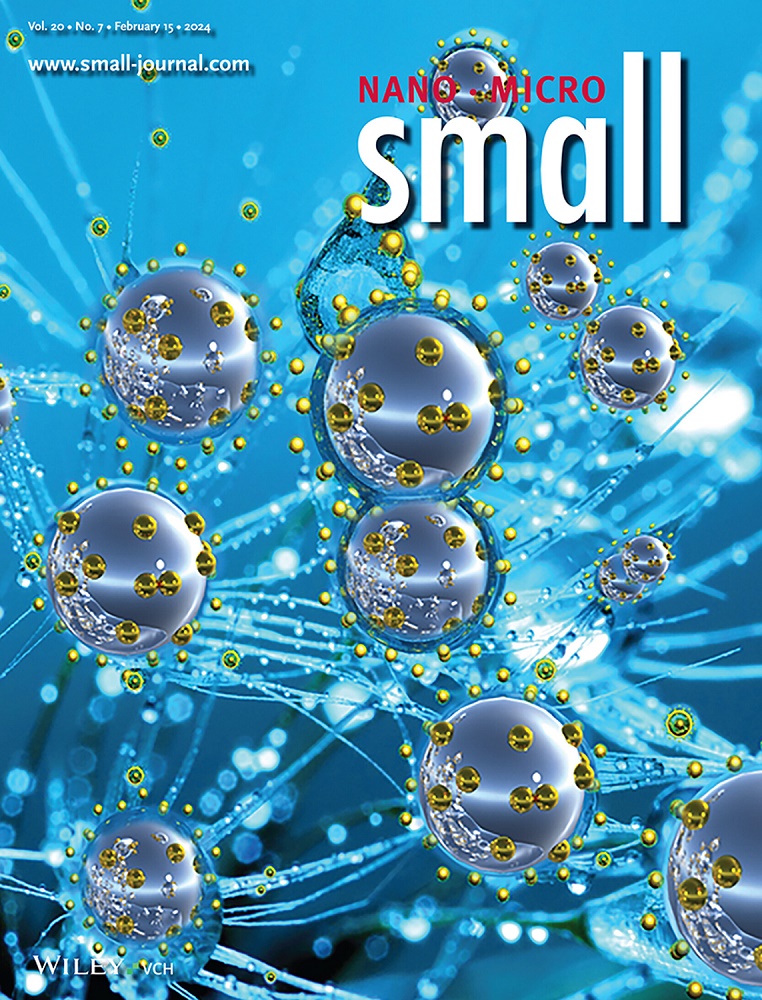Amino‐Rich Polybenzimidazole‐Mediated Interfacial Engineering in OPBI/Halloysite Nanotube Composite Separators for Enhanced Lithium‐Ion Battery Performance
IF 13
2区 材料科学
Q1 CHEMISTRY, MULTIDISCIPLINARY
引用次数: 0
Abstract
The incompatibility between inorganic and organic materials has significantly hindered the development of high‐temperature lithium‐ion batteries (LIBs) composite separators. In this work, amino‐rich polybenzimidazole (Py‐NH富氨基多苯并咪唑介导的OPBI/埃洛石纳米管复合隔膜界面工程用于提高锂离子电池性能
无机材料与有机材料的不相容性严重阻碍了高温锂离子电池(LIBs)复合隔膜的发展。在这项工作中,合成了富含氨基的聚苯并咪唑(Py‐NH2‐PBI),并将其化学涂覆在高岭土纳米管(HNTs)上。改性复合材料(PyPBI@HNTs)纳米填料与聚苯并咪唑(OPBI)基质相结合,形成了具有增强无机-有机相容性的高性能OPBI@Py‐H分离器。通过密度泛函理论(DFT)计算证实,界面相容性的改善增强了无机相和有机相之间的键合。此外,分离器中富氮的Py‐NH2‐PBI增强了电解质亲和力,并为锂离子(Li+)的快速传导提供了更多的转运位点。结果表明,与未经改性的OPBI@HNTs分离器相比,OPBI@Py‐H分离器的抗拉强度(TS)提高了30.96%,离子电导率(σ)提高了21.82%。此外,与OPBI@Py‐H分离器组装的LiFePO4电池在0.5 C下显示出160.12 mAh g−1的高放电比容量。OPBI@Py‐H分离器还显示出对无序锂枝晶生长的特殊抑制(3000‐H锂电镀/剥离测试),并在90°C下提供出色的循环稳定性和安全性。这项工作提供了一种可扩展的策略来克服界面不兼容性,推进高安全,高能量密度lib的发展。
本文章由计算机程序翻译,如有差异,请以英文原文为准。
求助全文
约1分钟内获得全文
求助全文
来源期刊

Small
工程技术-材料科学:综合
CiteScore
17.70
自引率
3.80%
发文量
1830
审稿时长
2.1 months
期刊介绍:
Small serves as an exceptional platform for both experimental and theoretical studies in fundamental and applied interdisciplinary research at the nano- and microscale. The journal offers a compelling mix of peer-reviewed Research Articles, Reviews, Perspectives, and Comments.
With a remarkable 2022 Journal Impact Factor of 13.3 (Journal Citation Reports from Clarivate Analytics, 2023), Small remains among the top multidisciplinary journals, covering a wide range of topics at the interface of materials science, chemistry, physics, engineering, medicine, and biology.
Small's readership includes biochemists, biologists, biomedical scientists, chemists, engineers, information technologists, materials scientists, physicists, and theoreticians alike.
 求助内容:
求助内容: 应助结果提醒方式:
应助结果提醒方式:


